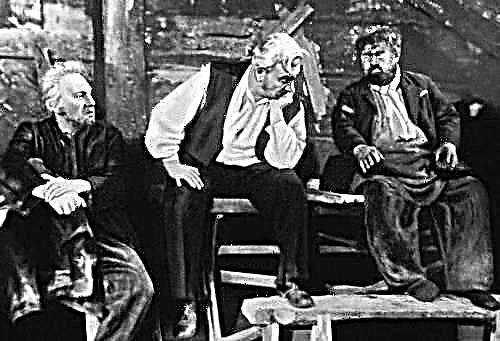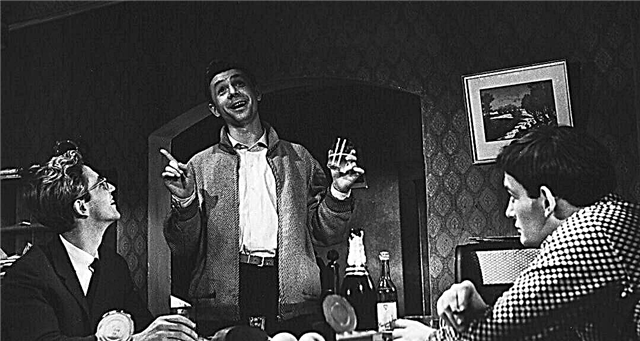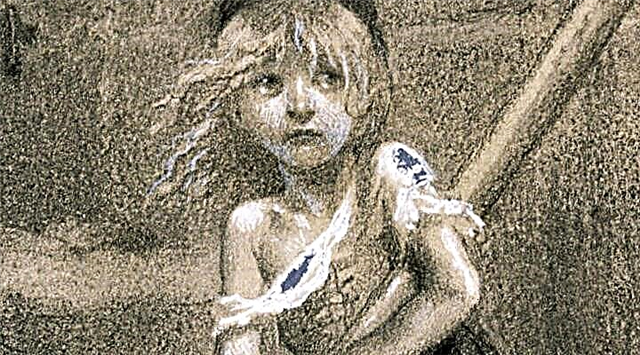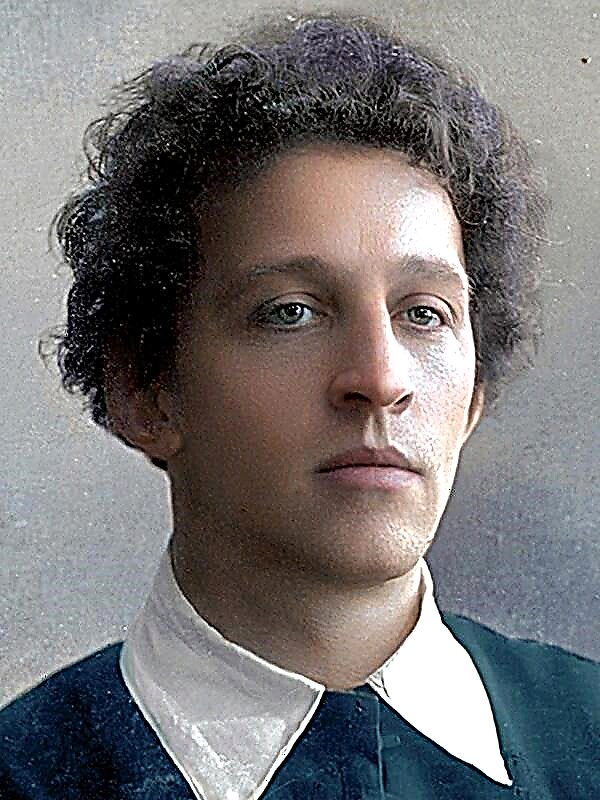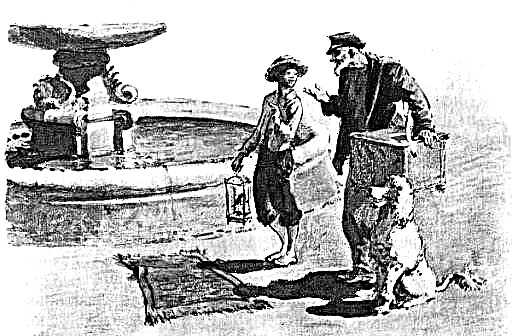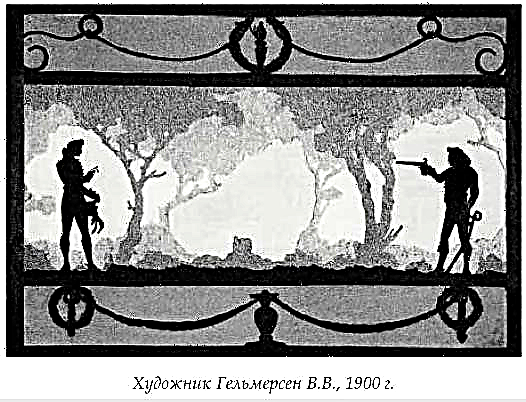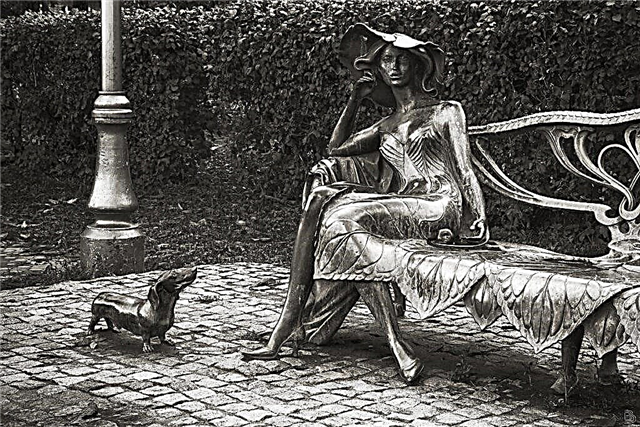: Someone steals and smashes cheap busts of Napoleon cast in one enterprise. Sherlock Holmes discovers that the criminal is looking for a precious pearl stolen and hidden in one of the busts.
Inspector Leystred often visits Sherlock Holmes. Once he talks about a strange incident: someone stubbornly smashes the statues of Napoleon. Hearing that at the same time there was a burglary, the great detective decides to investigate.
A few days ago, in a shop selling paintings and statues, the clerk left the store for a minute and heard a crack. Returning, he saw that Napoleon’s plaster bust was broken, which cost only a few shillings. Because of such a trifle, the investigation did not start. Not far from the shop lives a famous doctor, a passionate admirer of Napoleon. His house is full of books, paintings and relics associated with the French emperor. He recently bought two busts in a shop. One set at home, and the other in his office. At night, his house was robbed, but the robber took away only the statue of Napoleon and smashed it. Arriving in his office, the doctor discovered that the second statue was shattered. All these busts are cast in the same form, therefore, they hunt for these statues.
The next day, Leystred calls Holmes: there was a murder. One journalist bought a bust of Napoleon in a store. At night he heard a noise, and then a terrible cry. Going down, the journalist saw a man’s body near the outer door. In the pocket of the murdered man was a photograph of a journalist, and next to it was a bust of Napoleon, broken into small pieces.
The great detective is studying the situation. A penny bust cost a person's life. The criminal broke all busts near the light source, which means that he should have seen the fragments.
Holmes goes to the shop and shows the photograph to the clerk. The clerk is familiar with this man - Beppo, an Italian craftsman, who does small work in their shop. He is a good worker, but disappeared a few days ago. Holmes finds out the address of the workshop where busts are made.
The owner informs the great detective that six busts were made. It also seems strange to him that someone destroys a product that costs a penny. Busts are cast as follows: molds are cast from two halves of the face, glued together, and then dried in the corridor. Beppo the owner knows well, he worked in his workshop, was a good worker. A year ago, Beppo wounded an Italian with a knife and was arrested. This happened immediately after the busts were sold. Holmes sets to whom two more busts have been sold.
Meanwhile, Leystred identifies the murdered person: this is the Italian Pietro Venucci, one of London's most terrible thugs. Holmes and the police ambush the house, where the penultimate of the busts is located. The criminal takes out a statue from the house, and the police grabs it.It turns out Beppo, who stubbornly does not want to say why he breaks busts.
Holmes buys the last remaining bust from its owner. In the presence of Watson and Leistred, the great detective smashes the statue and carefully examines each piece. In one of them he finds the famous black pearl of Borgia, which was stolen from the Princess of Colonna. Attempts to find a pearl were unsuccessful. Suspicion fell on the maid of Princess Lucretia Venucci, the sister of the murdered Pietro, and Beppo was arrested a few days later.
Beppo stole a pearl from the Venucci family and hid it in one of Napoleon's busts. Having come out of the conclusion, he established to whom the busts were sold, and tried to find the jewel.

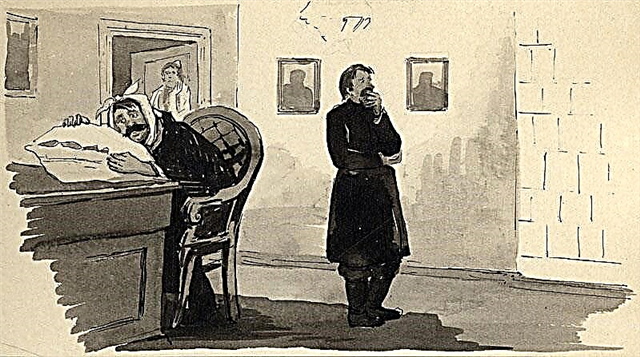
 Biotechnology Sum
Biotechnology Sum Aniara
Aniara